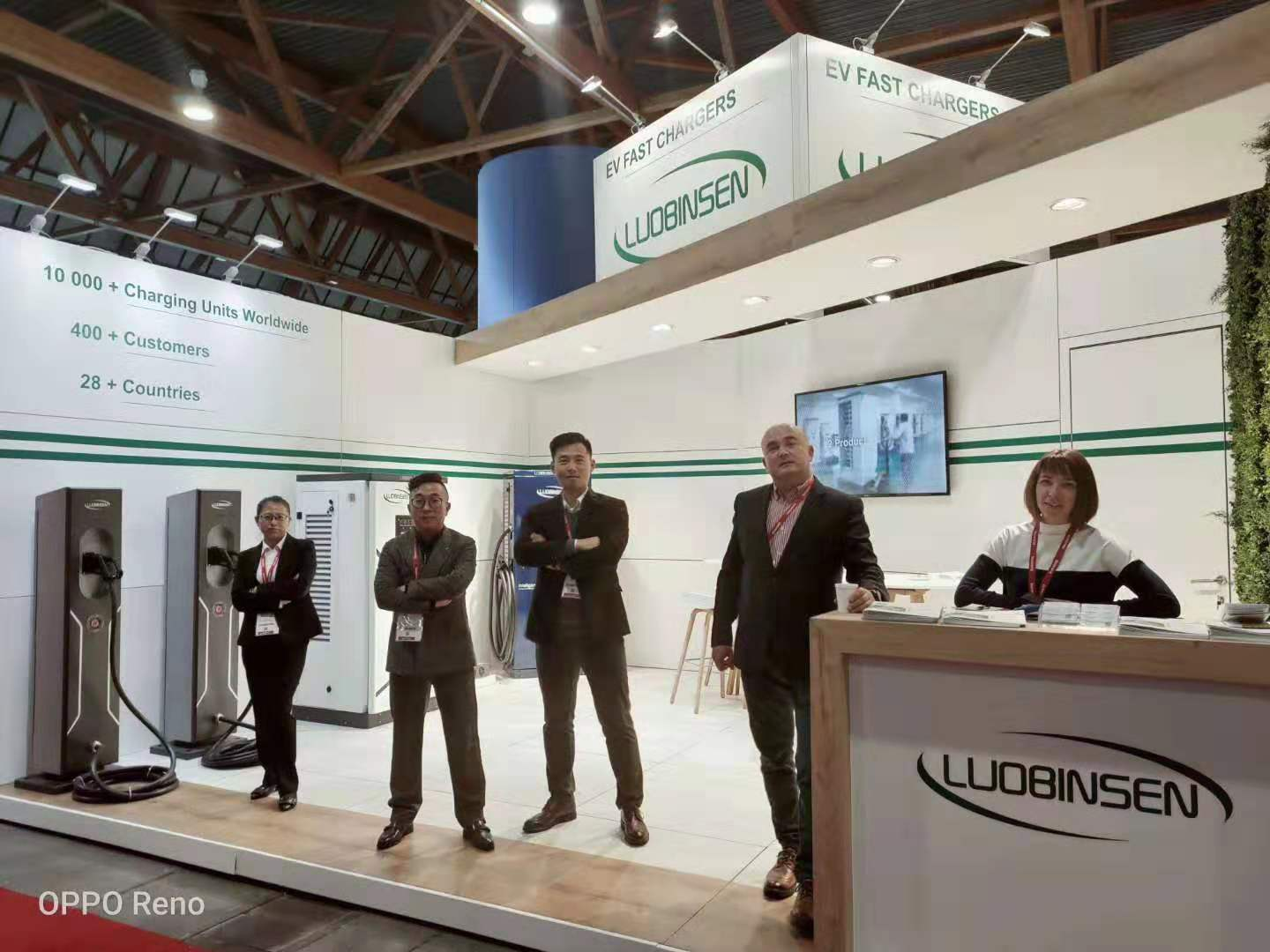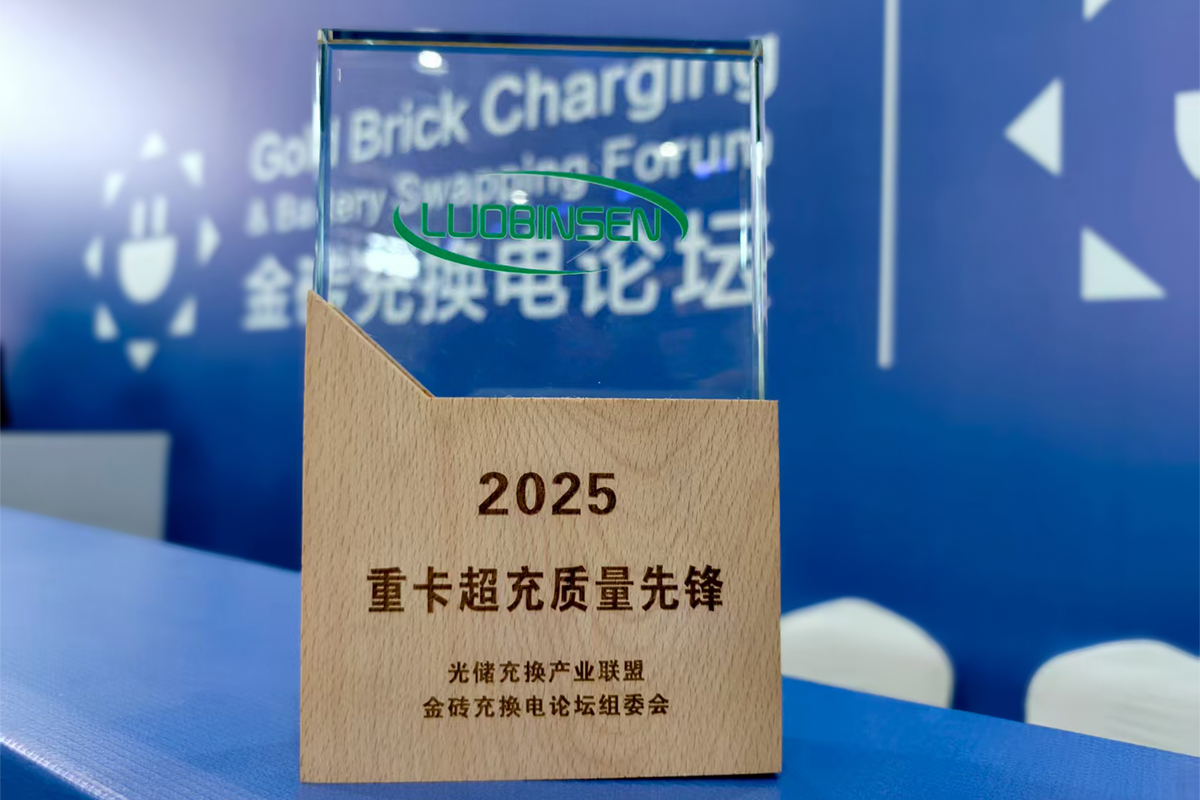As a company committed to providing advanced e-mobility solutions, we at Luobinsen constantly explore ways to optimize urban transit operations. One question we frequently encounter from fleet managers is whether existing depots can be retrofitted to accommodate modern pantograph charger systems. Understanding the technical and operational aspects of such upgrades is essential for maintaining efficiency while transitioning to electric fleets. Retrofitting is not only feasible but can also be an effective step toward sustainable transit infrastructure without requiring complete depot reconstruction.

Assessing Depot Infrastructure
When considering the integration of a pantograph bus charger, we first evaluate the depot’s electrical capacity, layout, and accessibility. Many older depots were designed for traditional fueling systems, which means adjustments to power distribution, grounding, and safety measures are often necessary. Our team at Luobinsen reviews each site carefully to ensure that the implementation of pantograph bus charger units aligns with local safety regulations and operational workflows. Retrofitting does not automatically imply extensive structural changes; strategic placement of charging racks and upgrading existing power systems can often meet the depot’s new requirements efficiently.
Features of Downward Pantograph Bus Chargers
Our Luobinsen downward pantograph bus charger represents a practical solution for fleet electrification. Built with 316L stainless steel, it integrates dual fire protection and 15 safety mechanisms, which enhance reliability in depot environments. Automatic pantograph lifting, combined with gold-plated conductive copper in the charging rack, ensures consistent power transfer and minimal maintenance needs. The backup power system and constant temperature control maintain charging efficiency even under variable conditions. For depots considering retrofit projects, these features provide both operational assurance and adaptability to existing infrastructure.
Implementation Considerations
Successful retrofitting also depends on careful scheduling and coordination with daily fleet operations. At Luobinsen, we emphasize planning installation during low-traffic periods to minimize disruptions. In addition, training staff to operate and maintain the pantograph charger units is a critical step for maximizing uptime and safety. By combining robust equipment with thoughtful integration strategies, depots can transition smoothly without interrupting service schedules. This approach allows operators to gradually electrify their fleets while leveraging the existing physical footprint of their facilities.
Conclusion
Retrofitting existing bus depots for pantograph bus charger systems is a practical and achievable goal when approached with careful planning and professional guidance. At Luobinsen, our solutions are designed to integrate seamlessly with current depot layouts, providing safe, reliable, and efficient charging for electric buses. Fleet operators can enhance sustainability and operational efficiency without extensive construction, making the transition to electric mobility more accessible. By addressing power, layout, and staff training, retrofitted depots can fully utilize the benefits of modern pantograph charging technologies.




